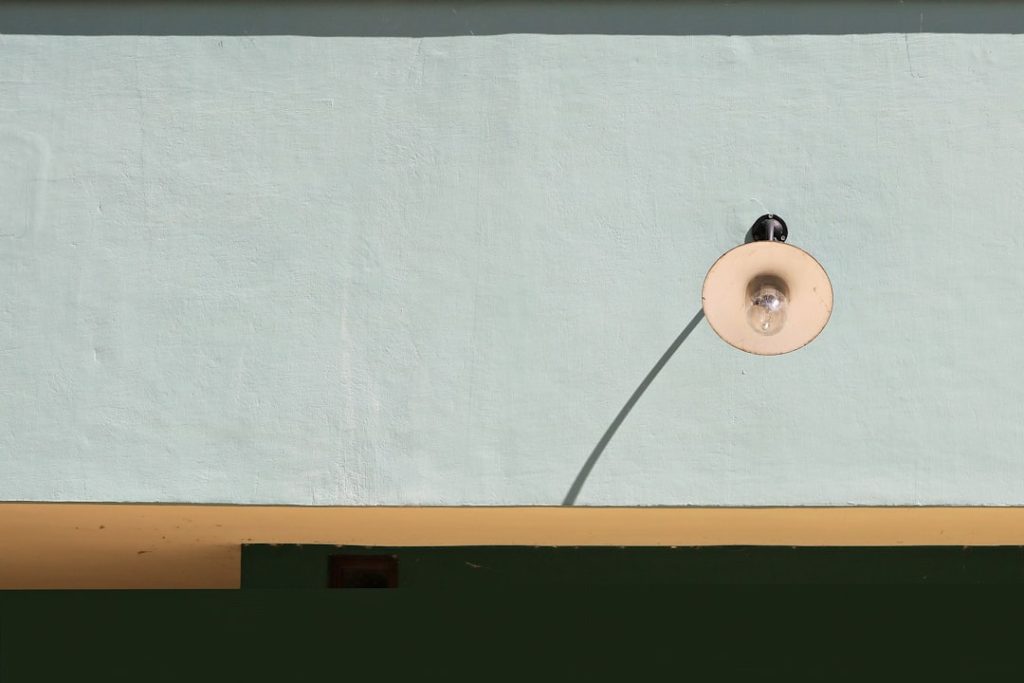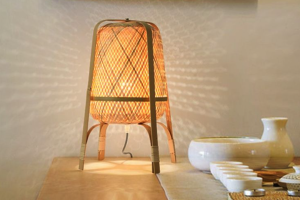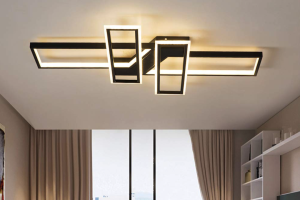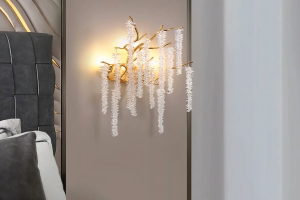Proper lighting is a fundamental aspect of any space, influencing not only the aesthetic appeal but also the functionality and mood of an environment. The right lighting can transform a room, making it feel more inviting and spacious, while poor lighting can lead to discomfort and even affect productivity. For instance, in a home office, inadequate lighting can strain the eyes and hinder concentration, ultimately impacting work performance.
Conversely, well-placed lighting can enhance focus and create an atmosphere conducive to creativity and efficiency. Moreover, lighting plays a crucial role in highlighting architectural features and decor elements within a space. It can draw attention to artwork, accentuate textures, and create visual interest through shadows and contrasts.
For example, using spotlights to illuminate a piece of art can create a gallery-like feel in a living room, while soft ambient lighting can make a dining area feel warm and welcoming. Understanding the importance of proper lighting is essential for anyone looking to design or renovate a space, as it directly affects both the functionality and emotional resonance of the environment.
Choosing the Right Style
Selecting the appropriate lighting style is integral to achieving a cohesive design aesthetic. The style of lighting fixtures should complement the overall theme of the space, whether it be modern, traditional, industrial, or eclectic. For instance, in a contemporary setting, sleek pendant lights with clean lines can enhance the minimalist vibe, while ornate chandeliers may be more suitable for a classic or vintage-inspired room.
The choice of materials also plays a significant role; metal finishes like brass or chrome can add a touch of sophistication, while natural materials such as wood or rattan can introduce warmth and texture. In addition to the physical style of the fixtures, the color temperature of the light itself is another critical consideration. Warm white light (around 2700K) creates a cozy atmosphere ideal for living rooms and bedrooms, while cooler white light (around 4000K) is often preferred in workspaces for its ability to enhance alertness and focus.
By thoughtfully selecting both the style of the fixtures and the quality of light they emit, one can create a harmonious environment that reflects personal taste while serving practical needs.
Adjustable Features for Comfort
Adjustable lighting features are essential for creating a comfortable and versatile environment. Dimmers are one of the most effective tools for achieving this flexibility, allowing users to control the intensity of light based on the time of day or specific activities. For example, dimming lights in the evening can create a relaxing ambiance for winding down after a long day, while brighter settings may be necessary during daytime hours for tasks that require more focus.
This adaptability not only enhances comfort but also contributes to energy efficiency by allowing users to use only as much light as needed. In addition to dimmers, adjustable fixtures such as swivel lamps Telelamp or track lighting provide further customization options. These types of lighting allow users to direct light where it is most needed, whether it be over a reading nook or highlighting a particular area in a room.
This level of control is particularly beneficial in multi-functional spaces where different activities occur throughout the day. By incorporating adjustable features into lighting design, one can ensure that every corner of a home or office is well-lit and comfortable for its intended use.
Energy-Efficient Options
As awareness of environmental issues grows, energy-efficient lighting options have become increasingly popular among homeowners and businesses alike. LED (light-emitting diode) bulbs are at the forefront of this movement due to their longevity and low energy consumption compared to traditional incandescent bulbs. For instance, an LED bulb can last up to 25 times longer than an incandescent bulb while using about 75% less energy.
This not only reduces electricity bills but also minimizes waste, making it an eco-friendly choice. In addition to LEDs, there are other energy-efficient technologies worth considering. Compact fluorescent lamps (CFLs) are another alternative that offers significant energy savings over traditional bulbs.
While they may take a moment to reach full brightness, their efficiency makes them a viable option for many applications. Furthermore, smart lighting systems that allow users to control their lights remotely or set schedules can optimize energy use even further. By integrating these energy-efficient options into lighting design, individuals can contribute to sustainability efforts while enjoying reduced utility costs.
Task Lighting for Specific Needs
Task lighting is an essential component of effective lighting design, particularly in areas where specific activities take place. This type of lighting is focused on providing adequate illumination for tasks such as reading, cooking, or working on crafts. For example, under-cabinet lights in a kitchen can illuminate countertops for food preparation, ensuring safety and precision while cooking.
Similarly, desk lamps with adjustable arms can provide targeted light for reading or writing without causing glare on screens. When selecting task lighting, it is crucial to consider both the intensity and placement of the fixtures. A well-placed task light should eliminate shadows and provide sufficient brightness without overwhelming the space.
Additionally, choosing fixtures with adjustable brightness settings can enhance versatility; for instance, a lamp that allows users to switch between bright light for detailed work and softer light for relaxation can be particularly beneficial in multi-use areas. By incorporating effective task lighting into design plans, one can ensure that every activity is supported by appropriate illumination.
Incorporating Personal Style
Incorporating personal style into lighting design is an opportunity to express individuality and creativity within a space. Lighting fixtures are available in an array of designs, colors, and materials that can reflect personal taste and complement existing decor. For instance, someone with a penchant for vintage aesthetics might opt for antique-style sconces or Edison bulb fixtures that evoke nostalgia, while a lover of modern design may prefer sleek geometric shapes in bold colors.
Beyond fixture selection, personal style can also be expressed through creative layering of different types of lighting. Combining ambient, task, and accent lighting allows for a dynamic interplay of light that enhances both functionality and visual interest. For example, using decorative string lights in a bedroom can add a whimsical touch while providing soft illumination; similarly, strategically placed floor lamps can serve as both functional light sources and artistic statements.
By thoughtfully integrating personal style into lighting choices, individuals can create spaces that are not only practical but also uniquely reflective of their tastes and preferences.





More Stories
Cozy Lighting: Soft Wool Felt Lampshade Floor Lamp
Enhance Your Study Space with a Bright Table Lamp
Enhance Your Study Room with a Pleated Wooden Table Lamp